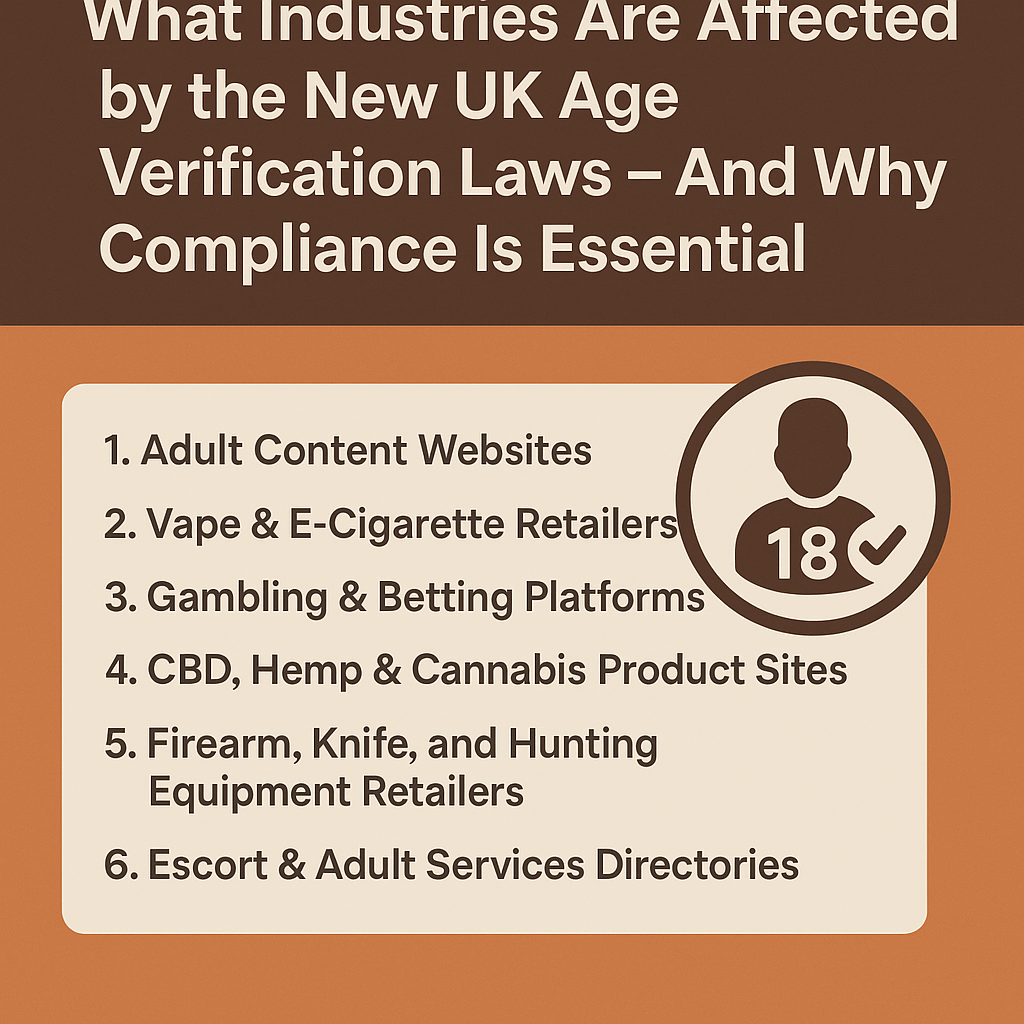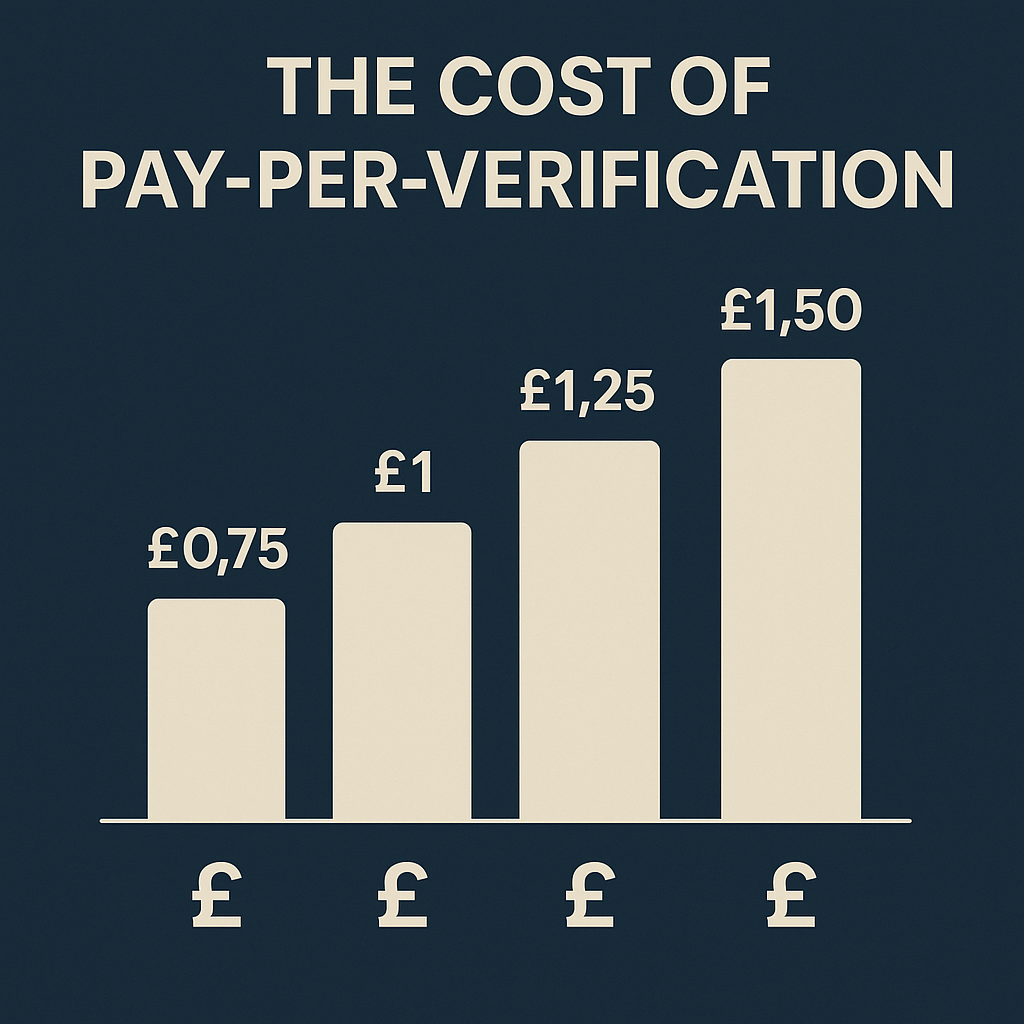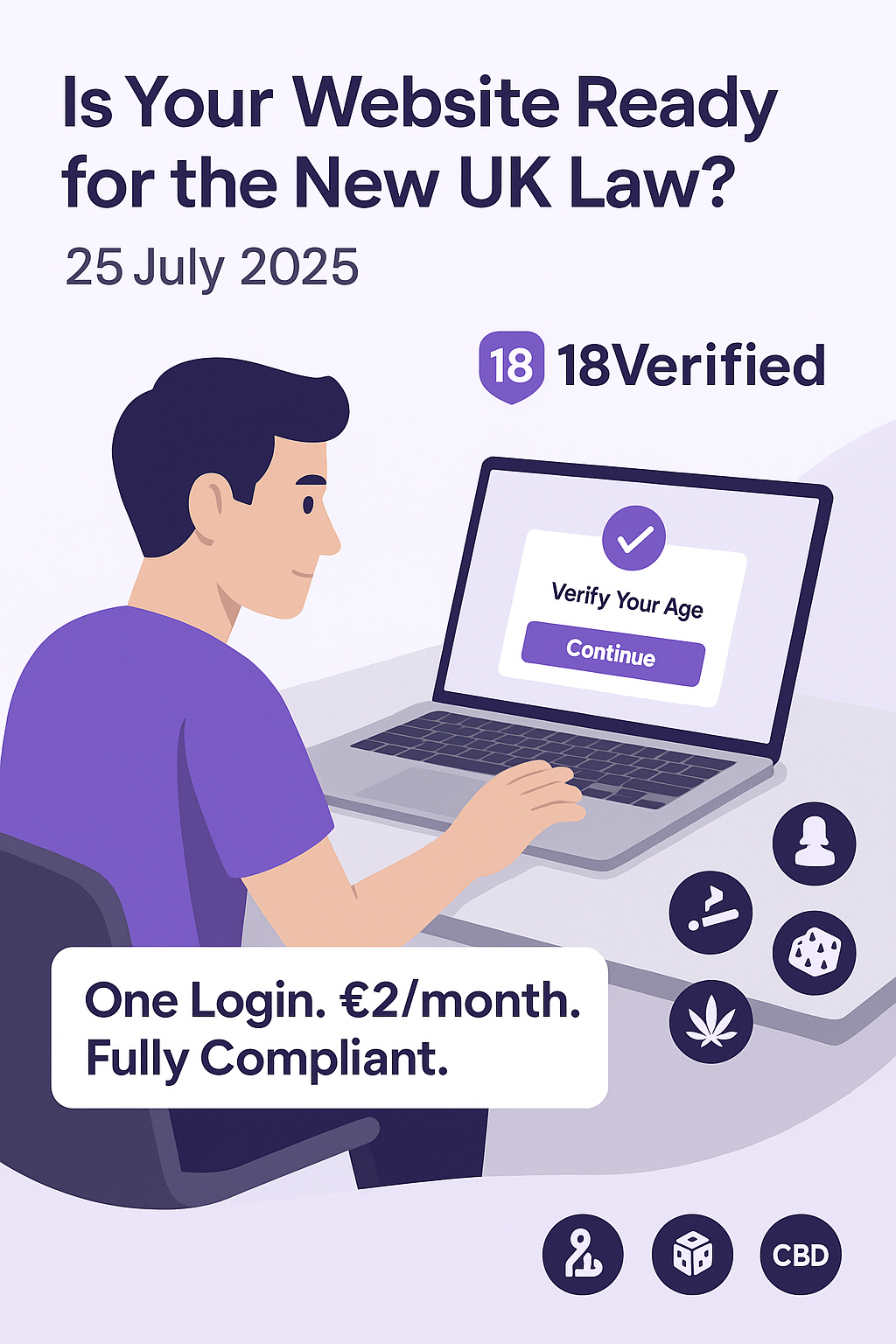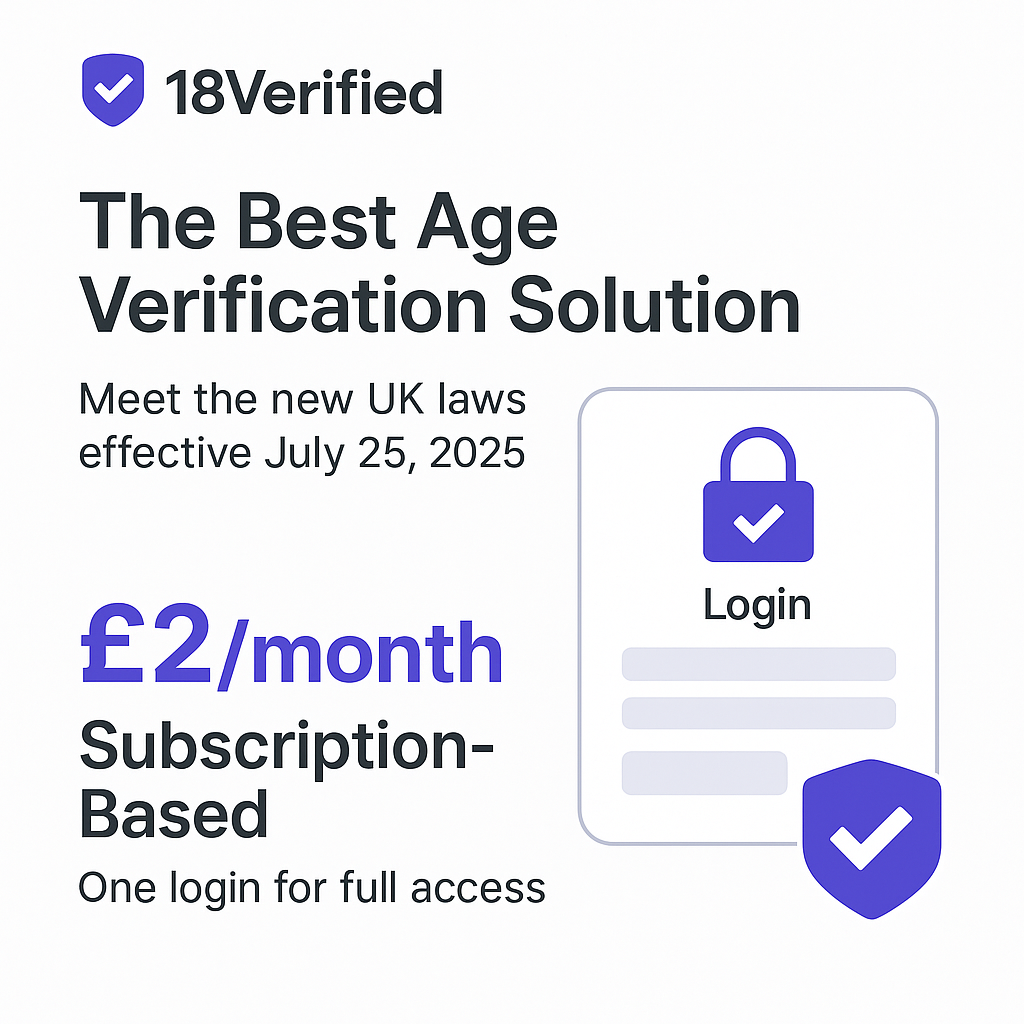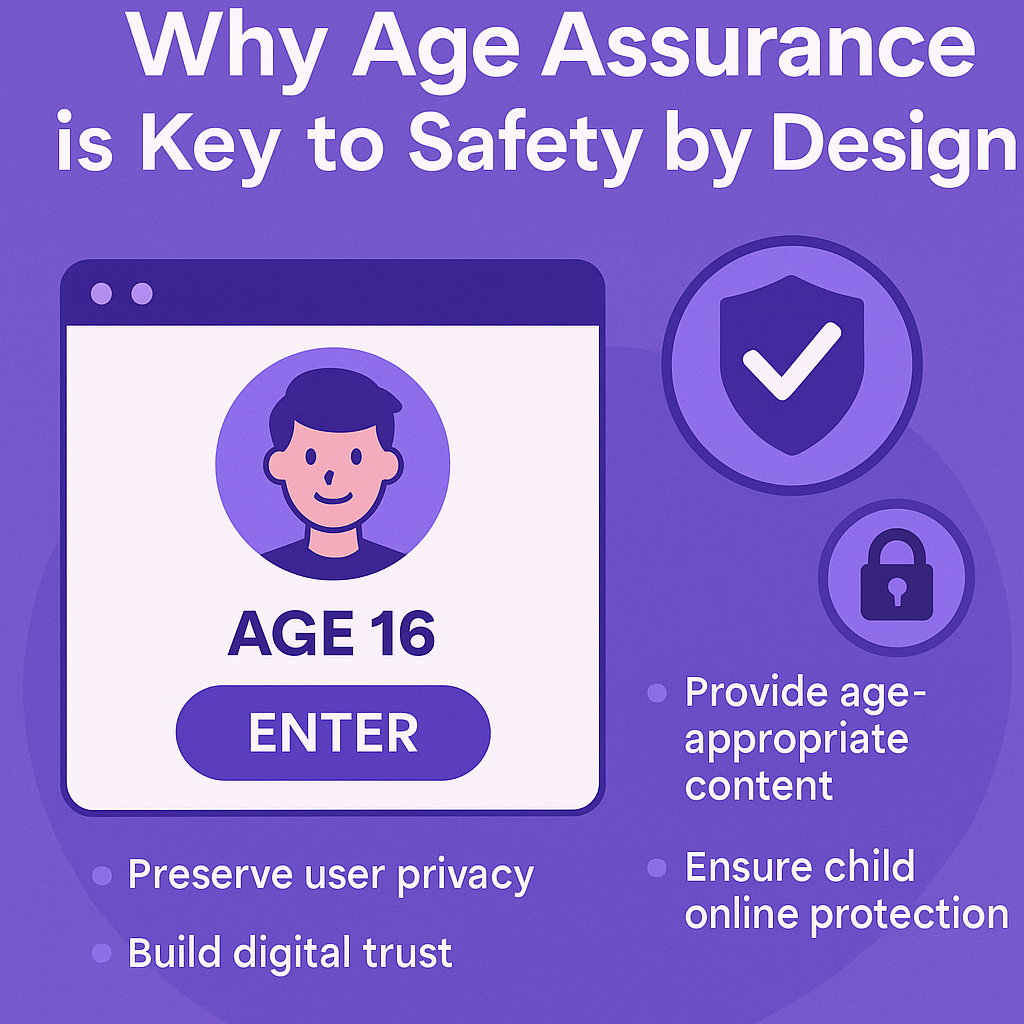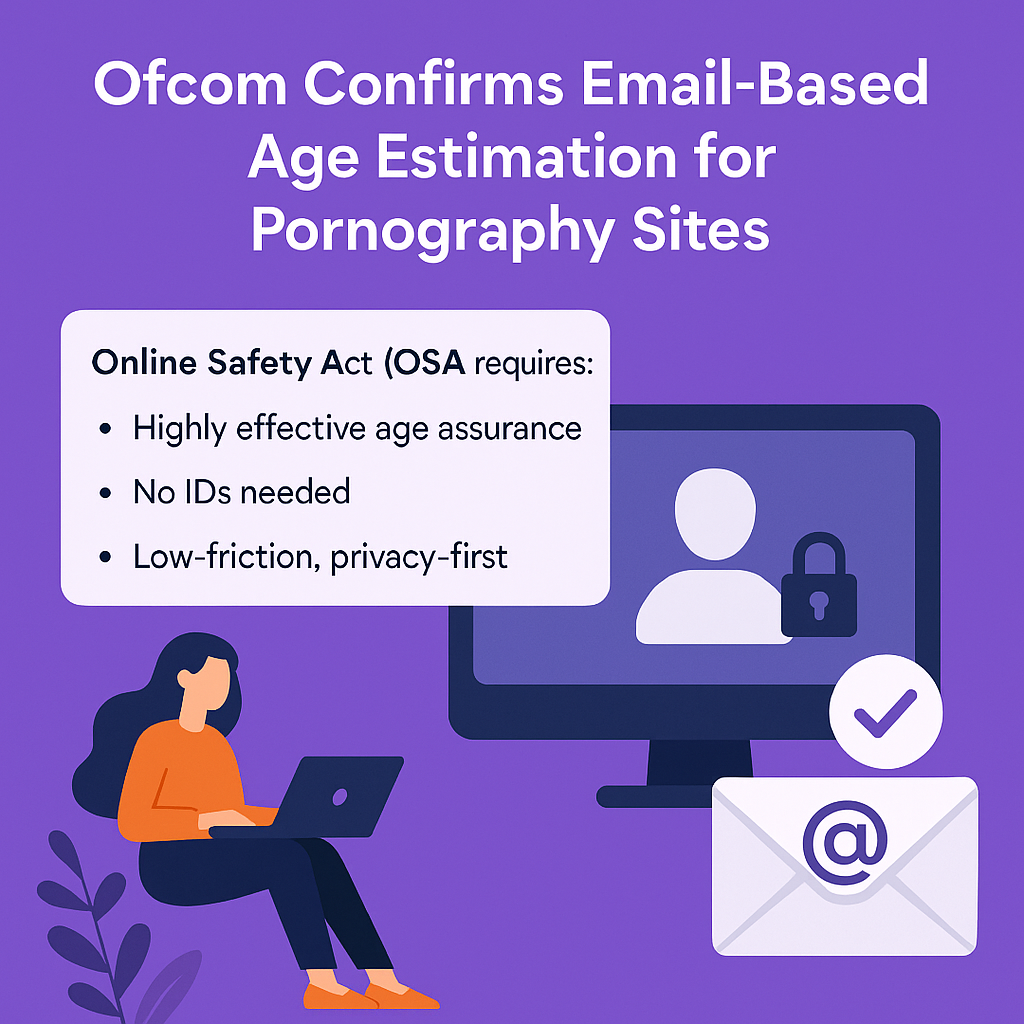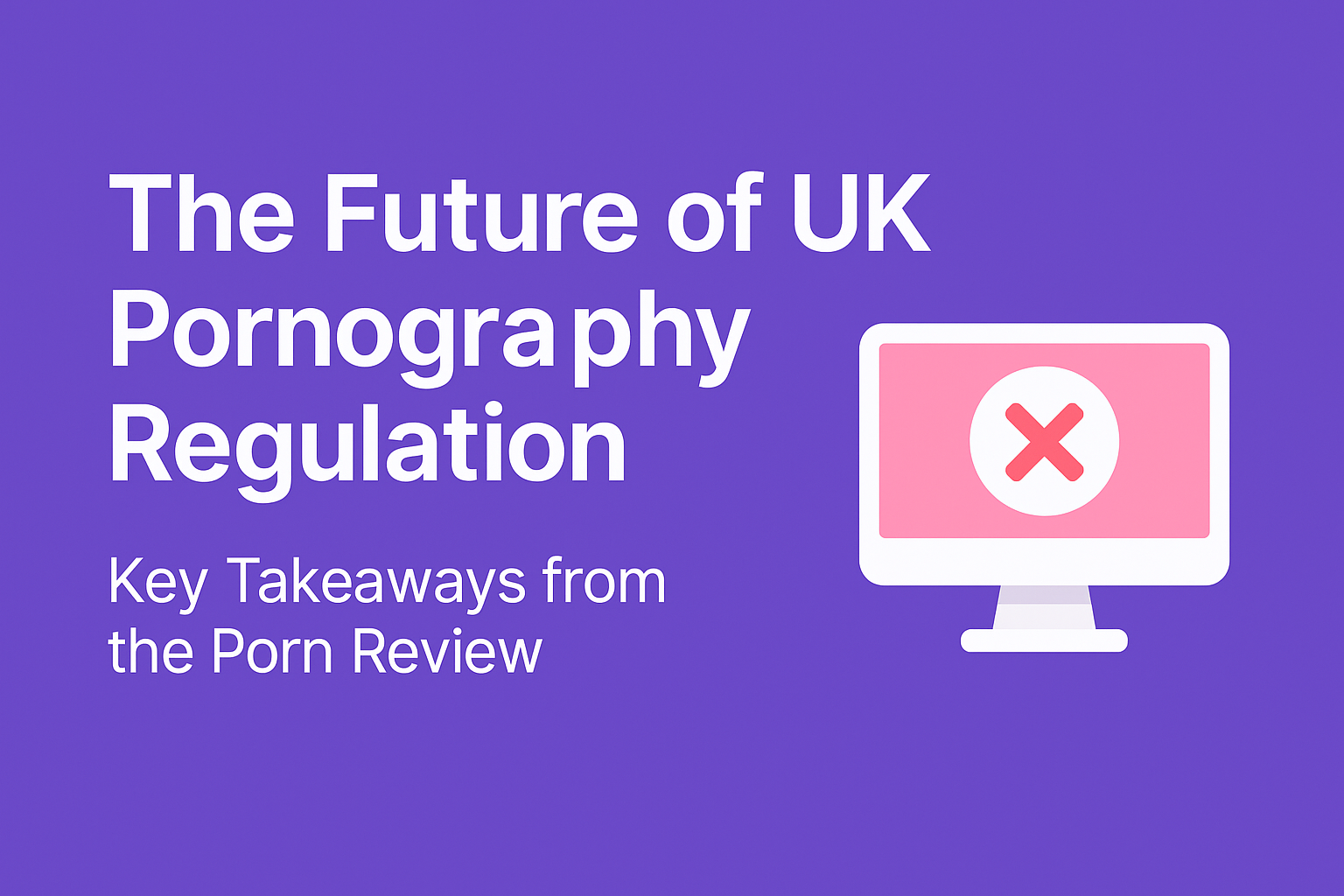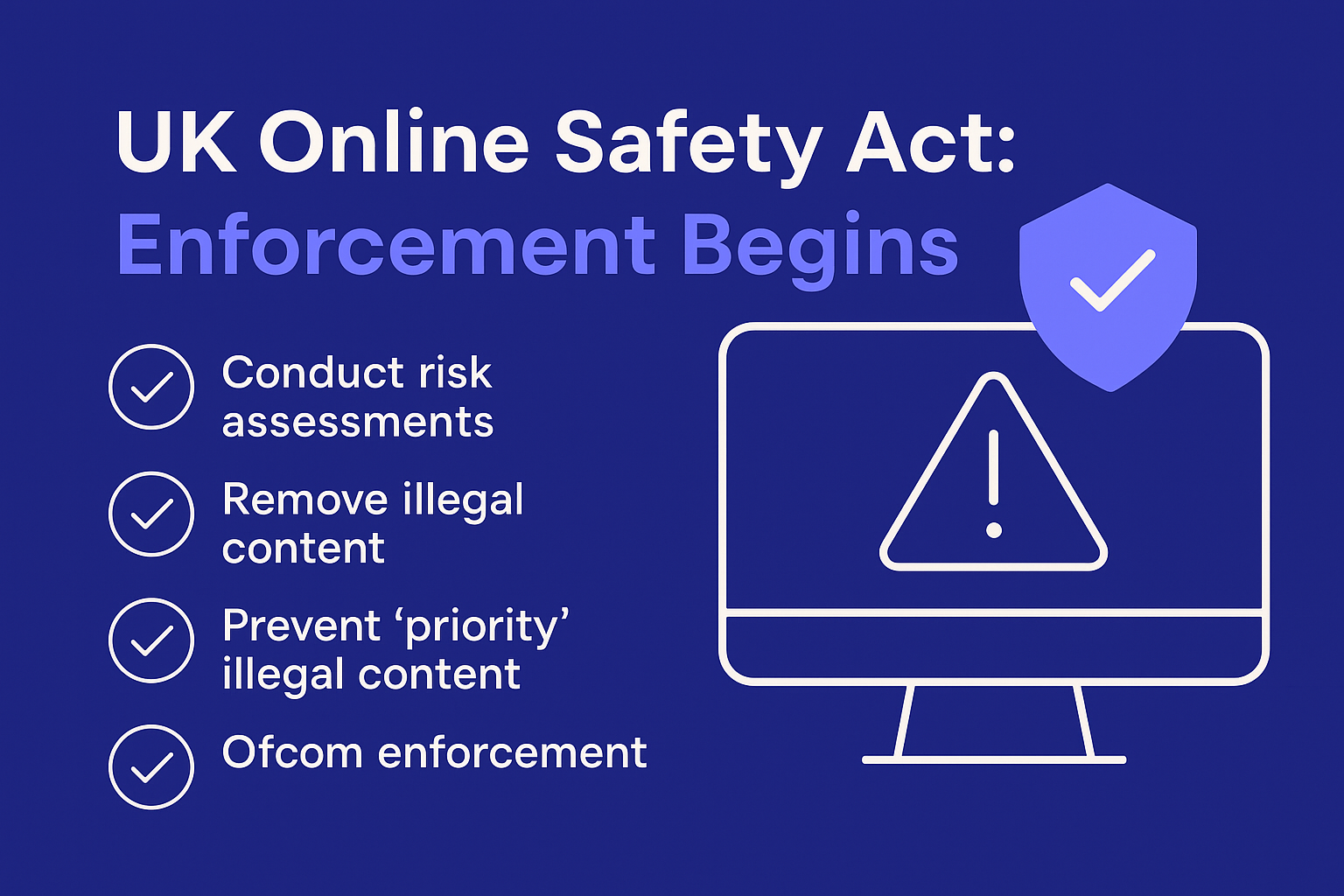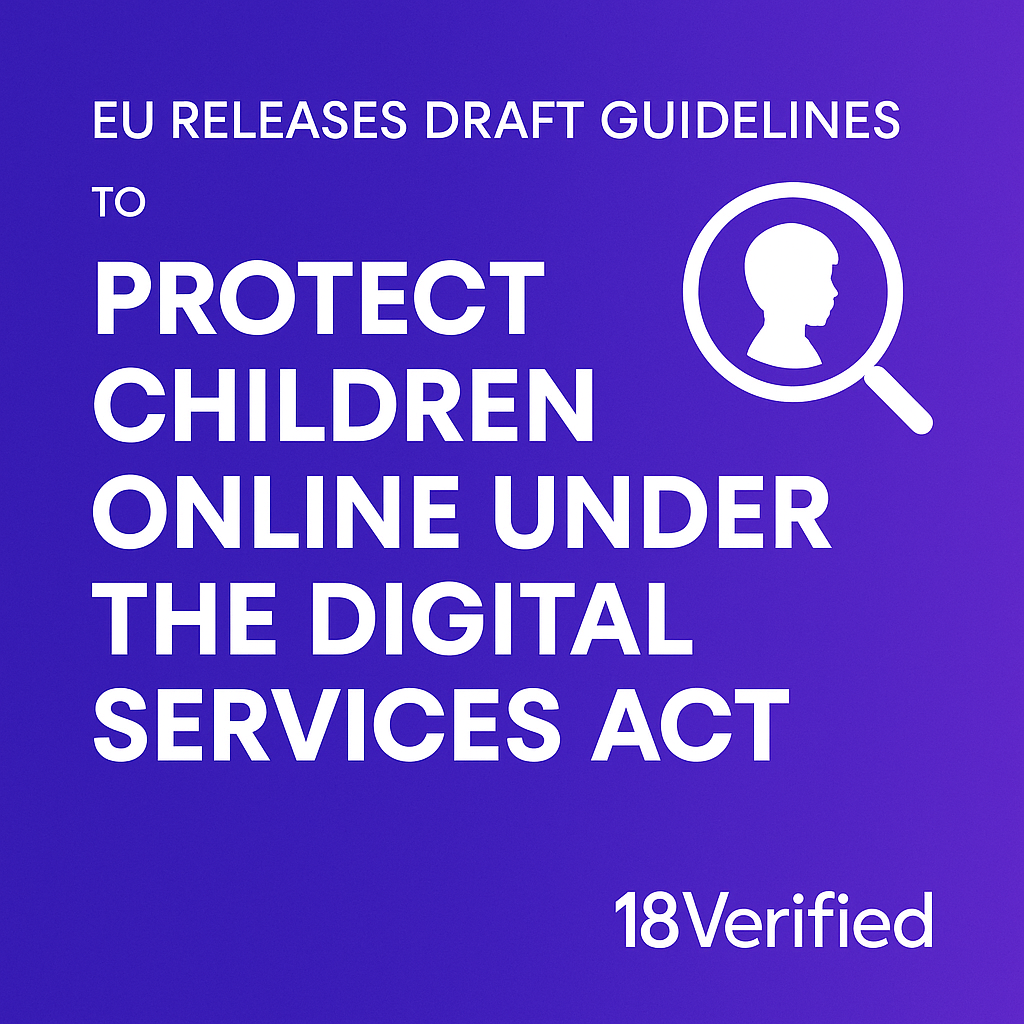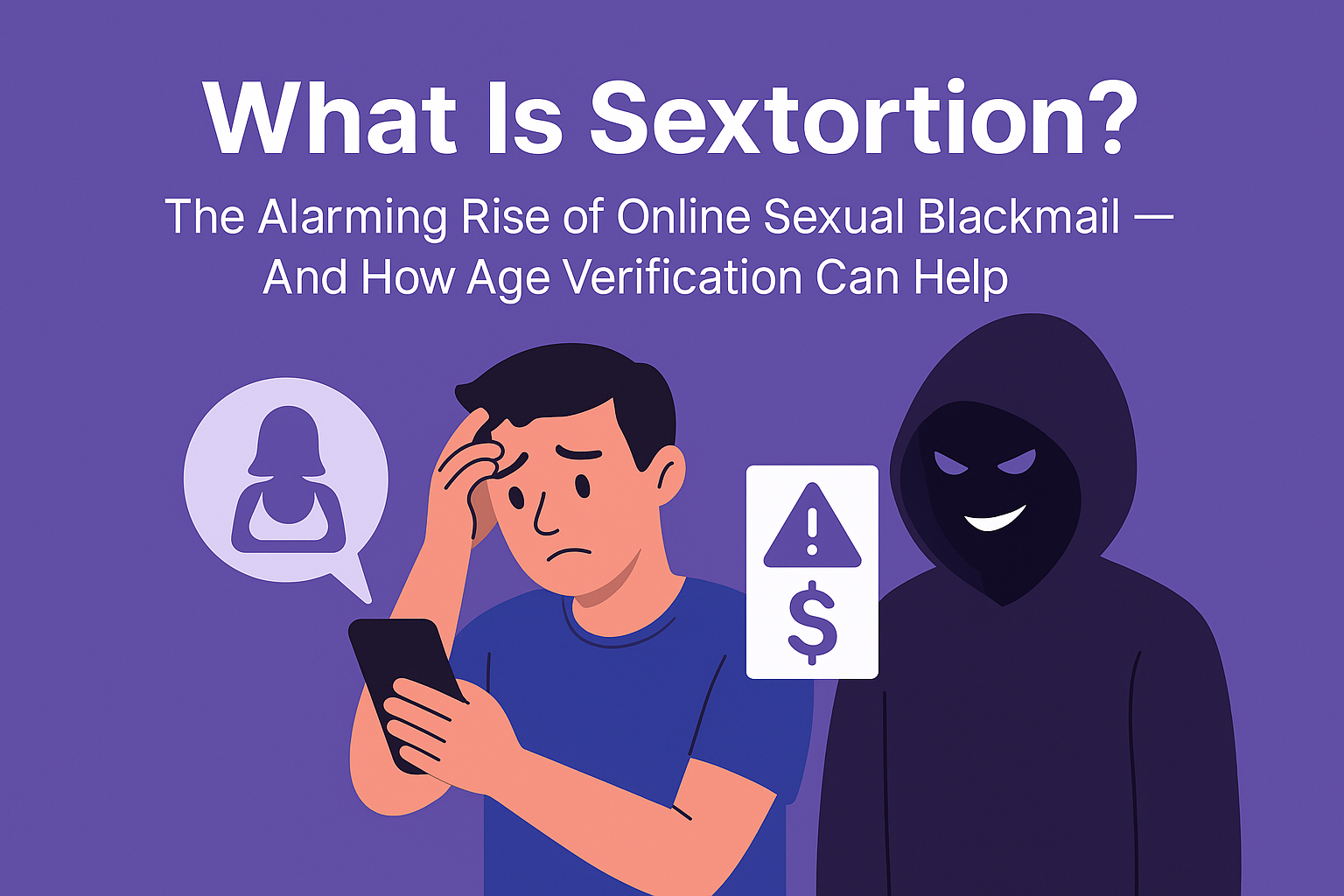Starting 25th July 2025, the UK government will enforce strict new age verification regulations aimed at protecting children from harmful online content. These laws require websites offering age-restricted products or services to verify the age of their users before granting access. Failure to comply could result in penalties of up to £18 million or 10% of global turnover.
But what exactly does this mean for your business? Below, we break down the industries most affected and why acting now is crucial.
1. Adult Content Websites
Any platform hosting or linking to sexually explicit content will be directly impacted. This includes pornography websites, erotic blogs, adult forums, and dating platforms with NSFW features. The law mandates that users must prove they are 18 or older before gaining access—cookie popups and disclaimers are no longer enough.
2. Vape & E-Cigarette Retailers
Online vape stores must implement robust age verification systems to prevent underage sales. Whether selling e-liquids, vape pens, or accessories, these businesses are legally required to confirm that customers are over 18 at point of access, not just at checkout.
3. Gambling & Betting Platforms
From sports betting sites to online casinos, gambling platforms have long been regulated—but the new laws go further. Age verification must now occur before any gameplay or deposit takes place, regardless of whether the user eventually places a bet.
4. CBD, Hemp & Cannabis Product Sites
CBD oil, edibles, and hemp products are increasingly popular, but they remain age-restricted in many regions. UK retailers selling these items online must ensure visitors are 18+ before they can browse product pages or make a purchase.
5. Firearm, Knife, and Hunting Equipment Retailers
Websites that sell hunting gear, knives, or firearm-related equipment must verify users’ age prior to access. This includes air rifles, archery supplies, and tactical gear. The regulations apply even if the products are intended for sport or display.
6. Escort & Adult Services Directories
Escort agencies and adult entertainment directories that advertise 18+ services are also required to verify user age. Simply placing a warning on the homepage is no longer acceptable under the new legislation.
Why Is Compliance So Important?
The UK government has made it clear that these new rules are not optional. Sites that fail to comply risk:
- Being blocked by UK internet service providers
- Fines up to £18 million or 10% of global turnover
- Reputational damage and loss of consumer trust
These laws are designed to create a safer internet for everyone, particularly children. Businesses that comply early show leadership and a commitment to online safety.
How 18Verified Can Help
18Verified offers an affordable, privacy-focused age verification solution that keeps you compliant without sacrificing user experience. Our unique model charges the user £2/month for access to all participating sites, saving businesses thousands in pay-per-check fees.
Don’t wait until it’s too late. Get compliant now.
👉 Join 18Verified today and protect your business before the deadline hits.

